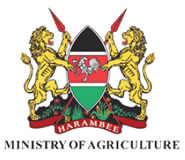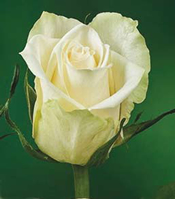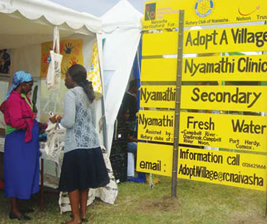By Ernest Muriu and Floriculture Staff
 Export Processing Zone (EPZ) program was established in 1990 to provide an attractive investment opportunity for export-oriented business ventures within designated areas or zones. This sought to help the economy through increased productive capital investment, jobs generated, technology transferred, backward linkages developed and diversified exports.
Export Processing Zone (EPZ) program was established in 1990 to provide an attractive investment opportunity for export-oriented business ventures within designated areas or zones. This sought to help the economy through increased productive capital investment, jobs generated, technology transferred, backward linkages developed and diversified exports.
However, to date no one has ever answered, why is flower growing not included in the program. The sector which is predominantly an export oriented business continues to struggle with a stringent tax regime which has slowed foreign direct investment for the last five years and a relocation of a number of investors to the more lucrative Ethiopia. All this has happened under the government’s watch.


 We expect to be one of a new line of white varieties that will be introduced into the market place. From the trials we have conducted it will be most suited for high altitude, the bud size will be between 6 to 7cm tall, stem length will be 50-80 cm. Transport and vase life are good. Production figures are yet to be concluded, estimates are of 90 to 120 stems m2 at high altitude.
We expect to be one of a new line of white varieties that will be introduced into the market place. From the trials we have conducted it will be most suited for high altitude, the bud size will be between 6 to 7cm tall, stem length will be 50-80 cm. Transport and vase life are good. Production figures are yet to be concluded, estimates are of 90 to 120 stems m2 at high altitude. Horticulture is a significant ‘manufacturing’ industry. But where would horticulture be without knowledge exchange? This rhetorical question is the starting point for the Naivasha Horticultural Fair, which was initiated fifteen years ago. The knowledge from these exchanges has been of help to many businesses.
Horticulture is a significant ‘manufacturing’ industry. But where would horticulture be without knowledge exchange? This rhetorical question is the starting point for the Naivasha Horticultural Fair, which was initiated fifteen years ago. The knowledge from these exchanges has been of help to many businesses.